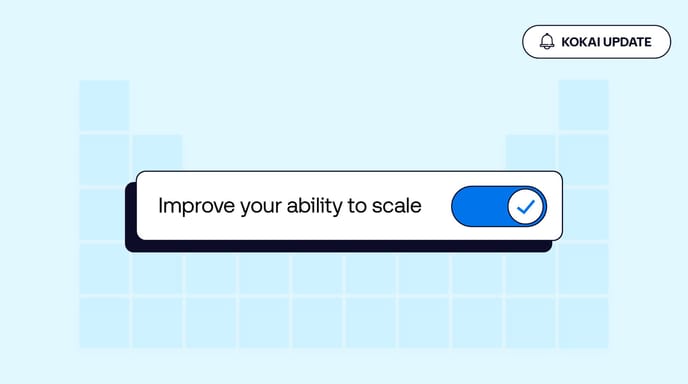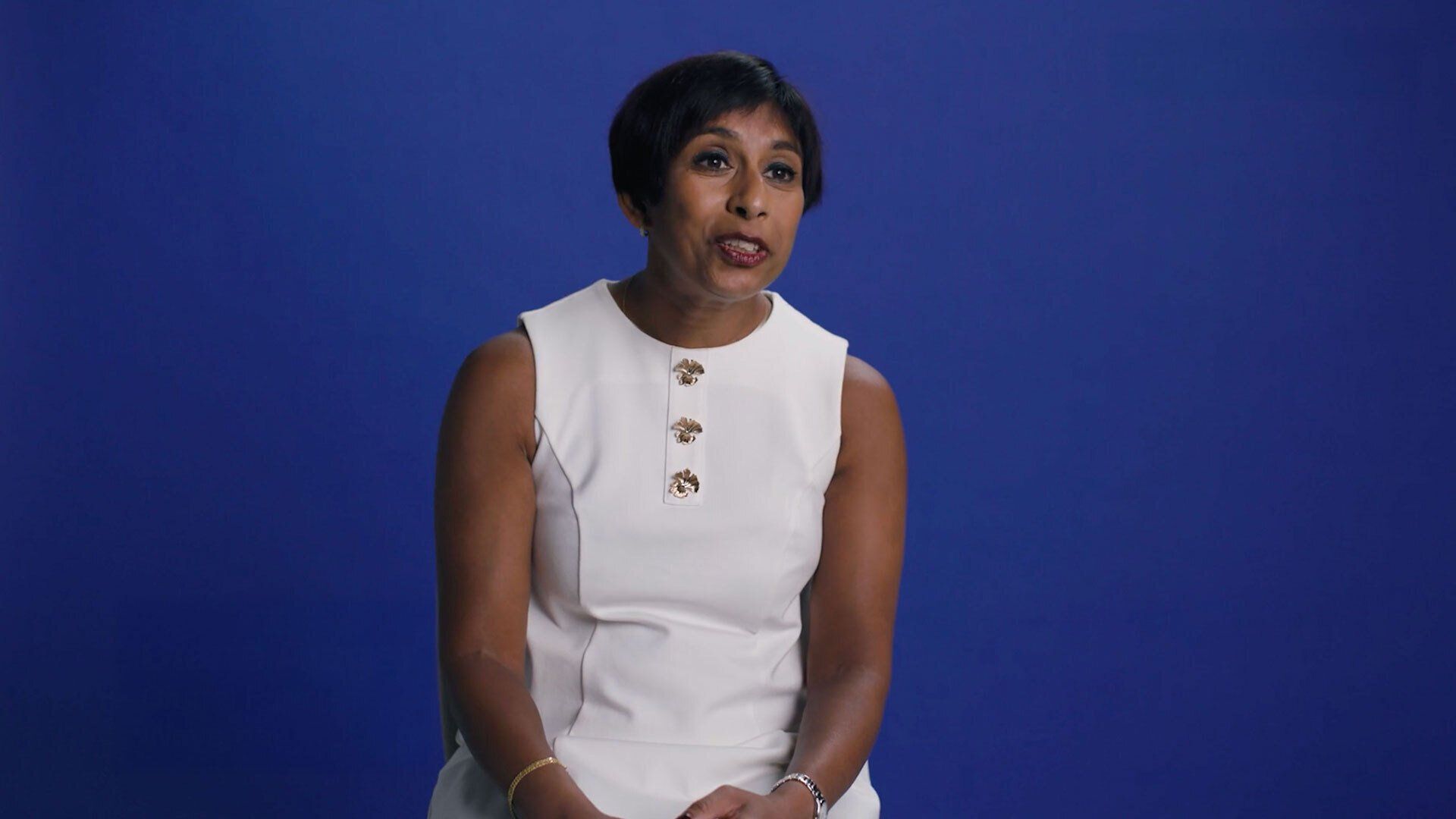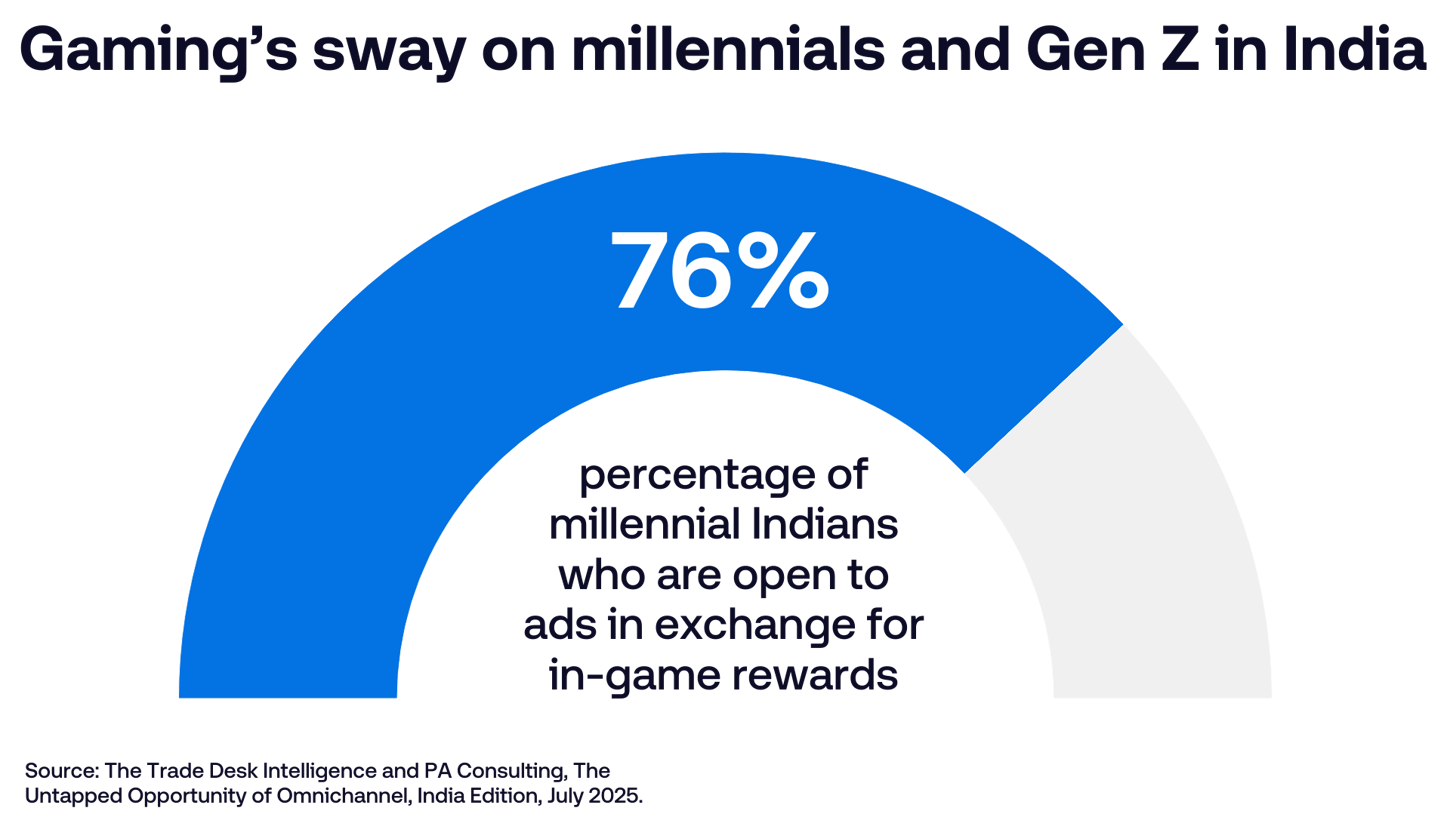Featured Our platform
Strengthen brand performance with premium media
Premium media helps traders build consumer trust and long-term loyalty by going beyond impression delivery to strengthen how audiences perceive their brands.
Recruiting fraud is a growing issue for many companies.
The Trade Desk takes this issue seriously and is taking steps to address it.

Best practices, how-to guides, insights, and inspiration for ad pros
Featured Our platform
Premium media helps traders build consumer trust and long-term loyalty by going beyond impression delivery to strengthen how audiences perceive their brands.
The latest

Insights Publishers

Case Studies Connected TV

Case Studies Our platform

Resources Our platform

Resources Our platform

Case Studies Connected TV

Insights Our platform

Resources Our platform

Resources Our platform
A problem occurred, please try again later.










OMNICHANNEL
New data reveals 74% of Indians play games weekly. Discover how this trend creates massive omnichannel marketing opportunities.

Whether you’re a media planner, buyer, trader, or CMO, Edge Academy has all you need to get up to speed and stay ahead.